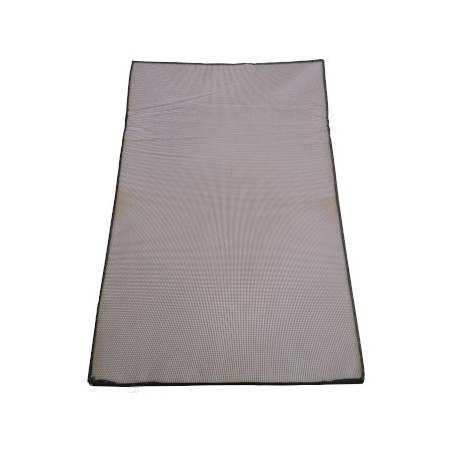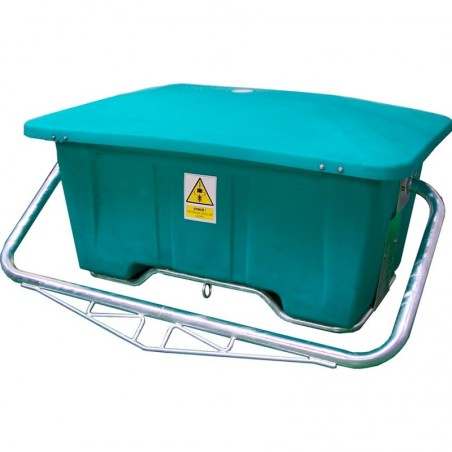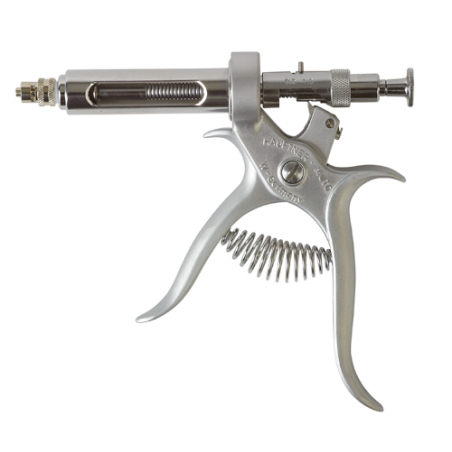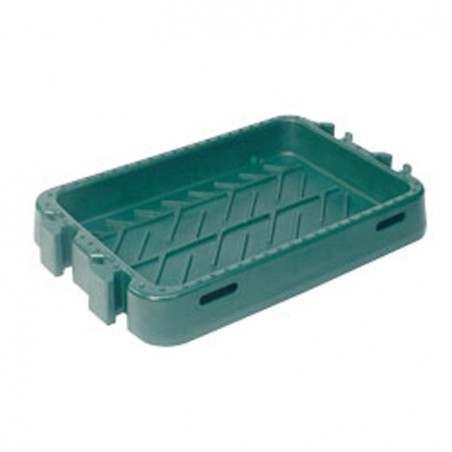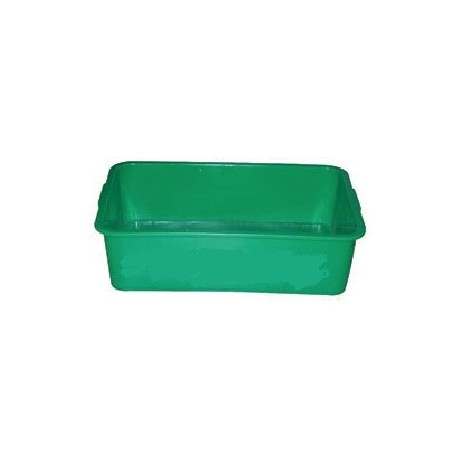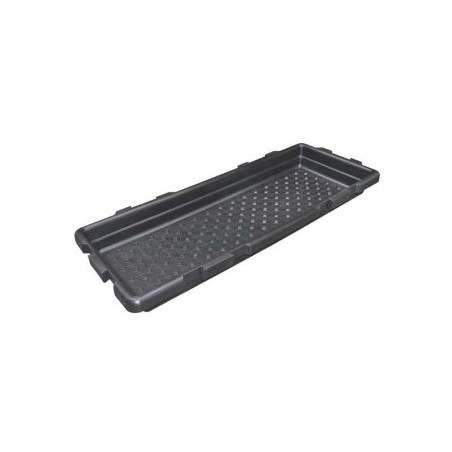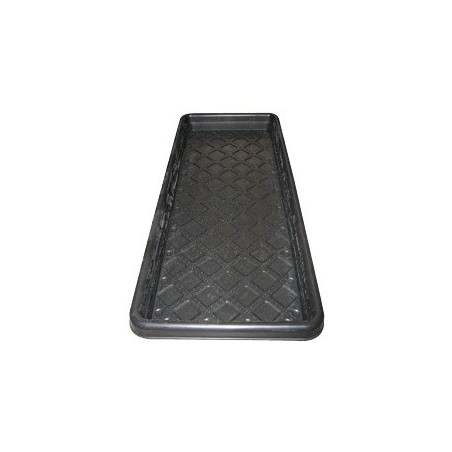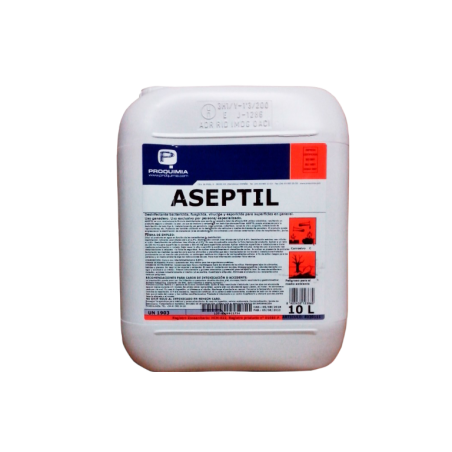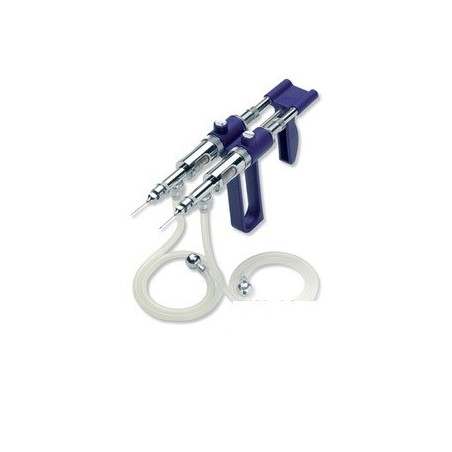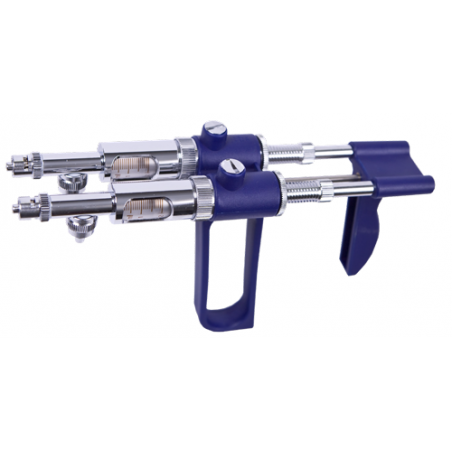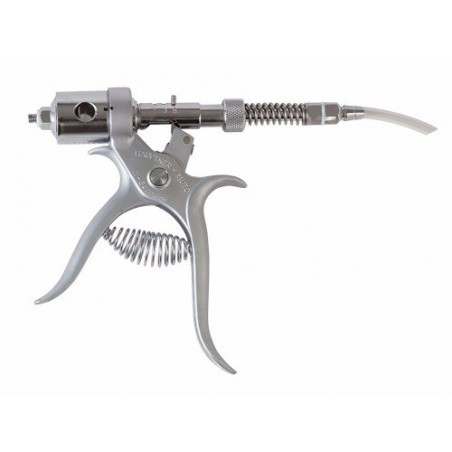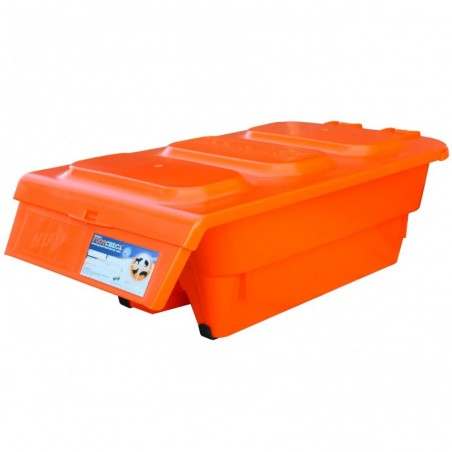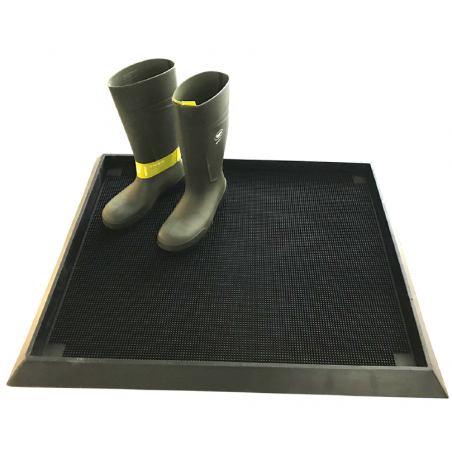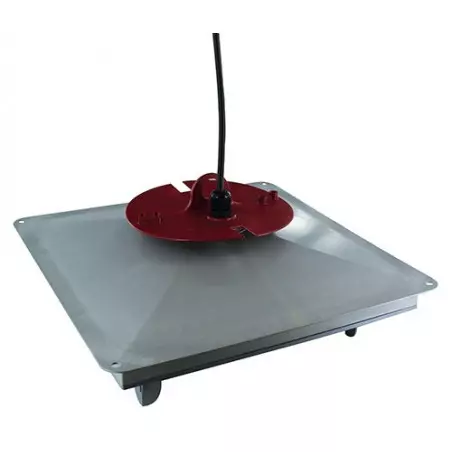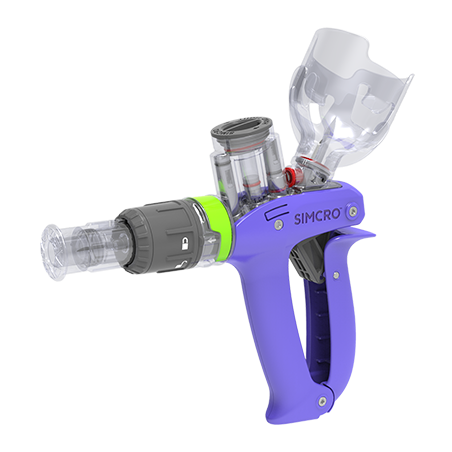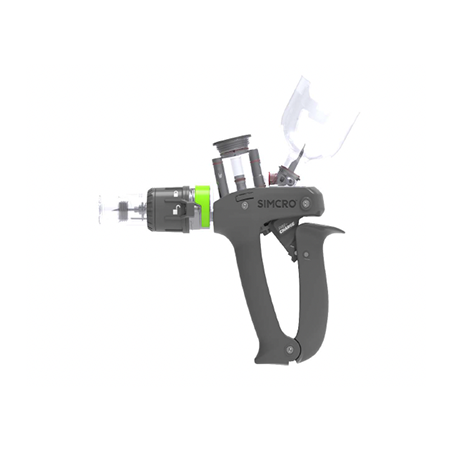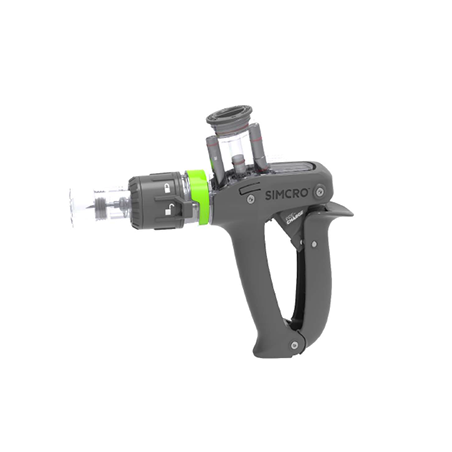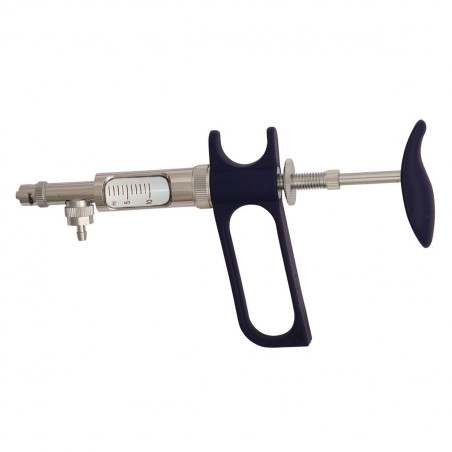The use of processing fluids to monitor the breeding herd’s porcine reproductive and respiratory syndrome (PRRS) status has gained industry acceptance. However, little is known about PRRS virus RT-qPCR detection dynamics in processing fluids and factors that may contribute to maintain PRRS virus in the herd after an outbreak. This study aimed to describe weekly RT-qPCR processing fluid results in breeding herds after an outbreak and to evaluate the proportion of RT-qPCR positive results among parity groups. Processing tissues of 15 first parity, 15 second parity, and 15 third parity or higher litters (parity groups) were collected weekly for between 19 and 46 weeks in nine breeding herds. Processing fluids were aggregated, and RT-qPCR tested by parity group weekly. Additionally, a subset of 743 processing fluid samples of litters that formed 50 parity groups, as previously described, were RT-qPCR tested individually at the litter level. The agreement between RT-qPCR results of processing fluid samples of parity groups (15 litters) and results based on individual litter testing was assessed using overall percent of agreement, Kappa statistic, and McNemar test. The association between RT-qPCR results and the parity group was evaluated using a generalized estimating equations model, after accounting for the effects of sampling week, breeding herd PRRS control strategy (i.e., open to replacements v/s closed) and herd. An autoregressive correlation structure was used to account for the repeated samplings within a herd in time.
The overall agreement was 98 %, and Kappa statistic 0.955 (McNemar p = 1.0). Sensitivity of parity group processing fluid samples was estimated at 100 % (95 % CI 89–100 %), while specificity was estimated at 94 % (95 % CI 71–100 %). Although first parity aggregated litters had on average a higher proportion of RT-qPCR positive results from outbreak week 25 onwards, the proportion was not significantly different to the one observed for second parity and third parity or higher aggregated litters. Additionally, herds that interrupted gilt entry had lower odds of PRRS RT-qPCR positivity than herds that continued entering gilts (OR = 0.35, 95 % CI 0.16–0.78).

PRRS virus persistence in processing fluids was not affected by the sow parity effect in most of the breeding herds studied. No evidence of disagreement between RT-qPCR results of an aggregated sample of 15 litters and those of individual litters was observed. This level of litter aggregation testing strategy may be of particular use at the last stages of an elimination program under low PRRS virus prevalence.
Sanhueza JM, Schwartz M, Corzo CA, Kikuti M, Yeske P, Leuwerke B, Schelkopf A, Williams T, Feuerbach S, Johnson C, Toohill E, Tapia-Escarate D, Yang M, Schroeder D, Vilalta C. Assessing the role of sow parity on PRRSv detection by RT-qPCR through weekly processing fluids monitoring in breeding herds. Preventive Veterinary Medicine. 2023; 213: 105854. https://doi.org/10.1016/j.prevetmed.2023.105854.





